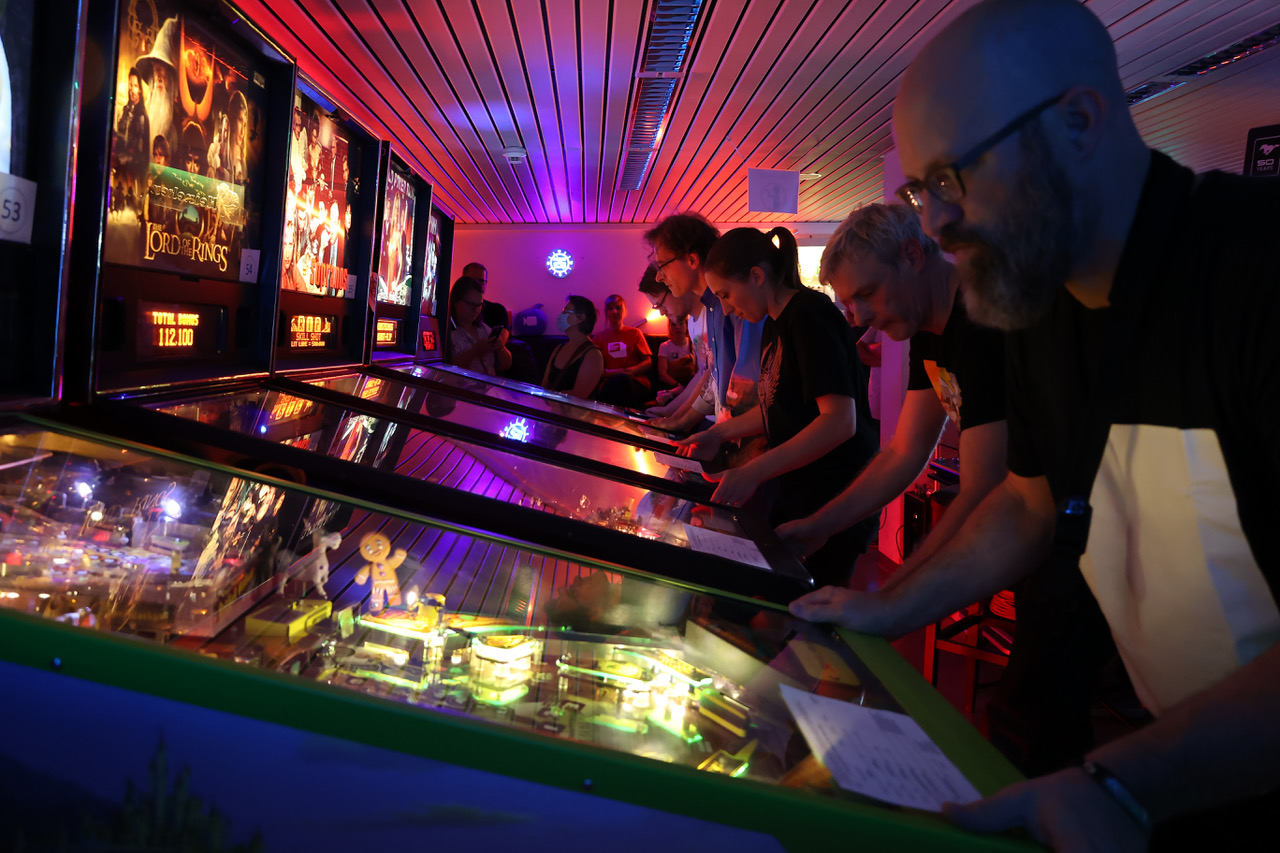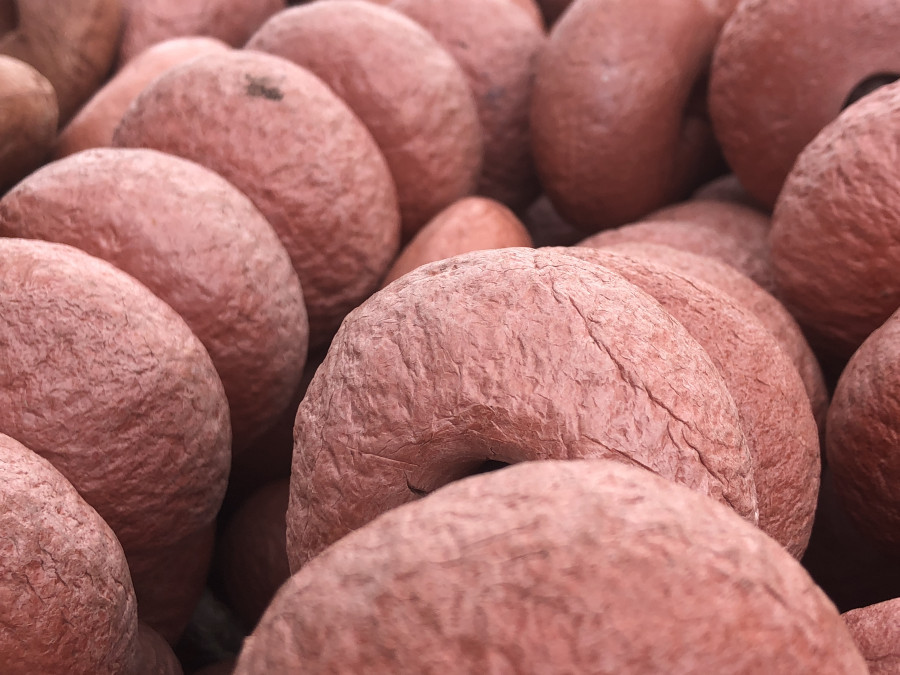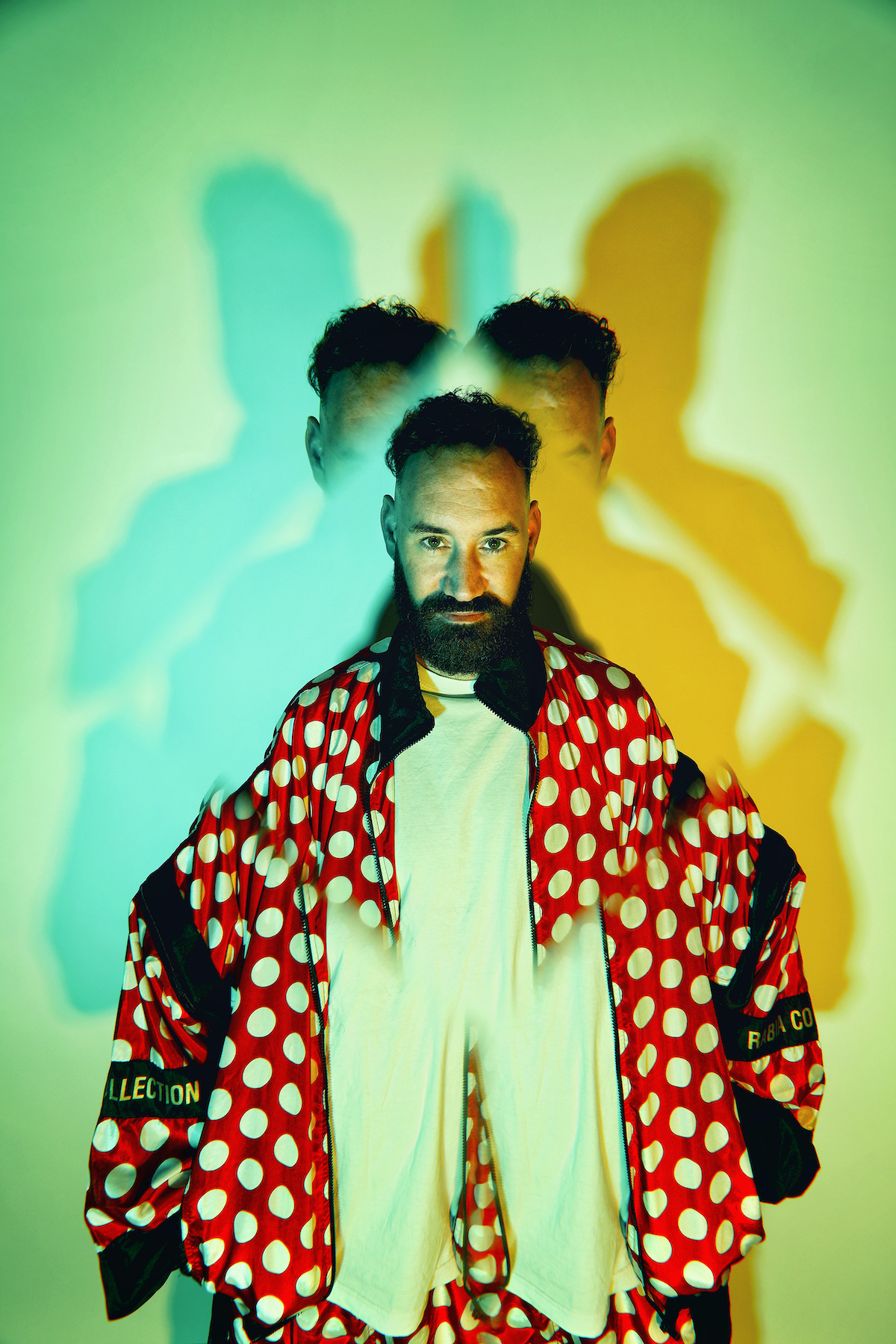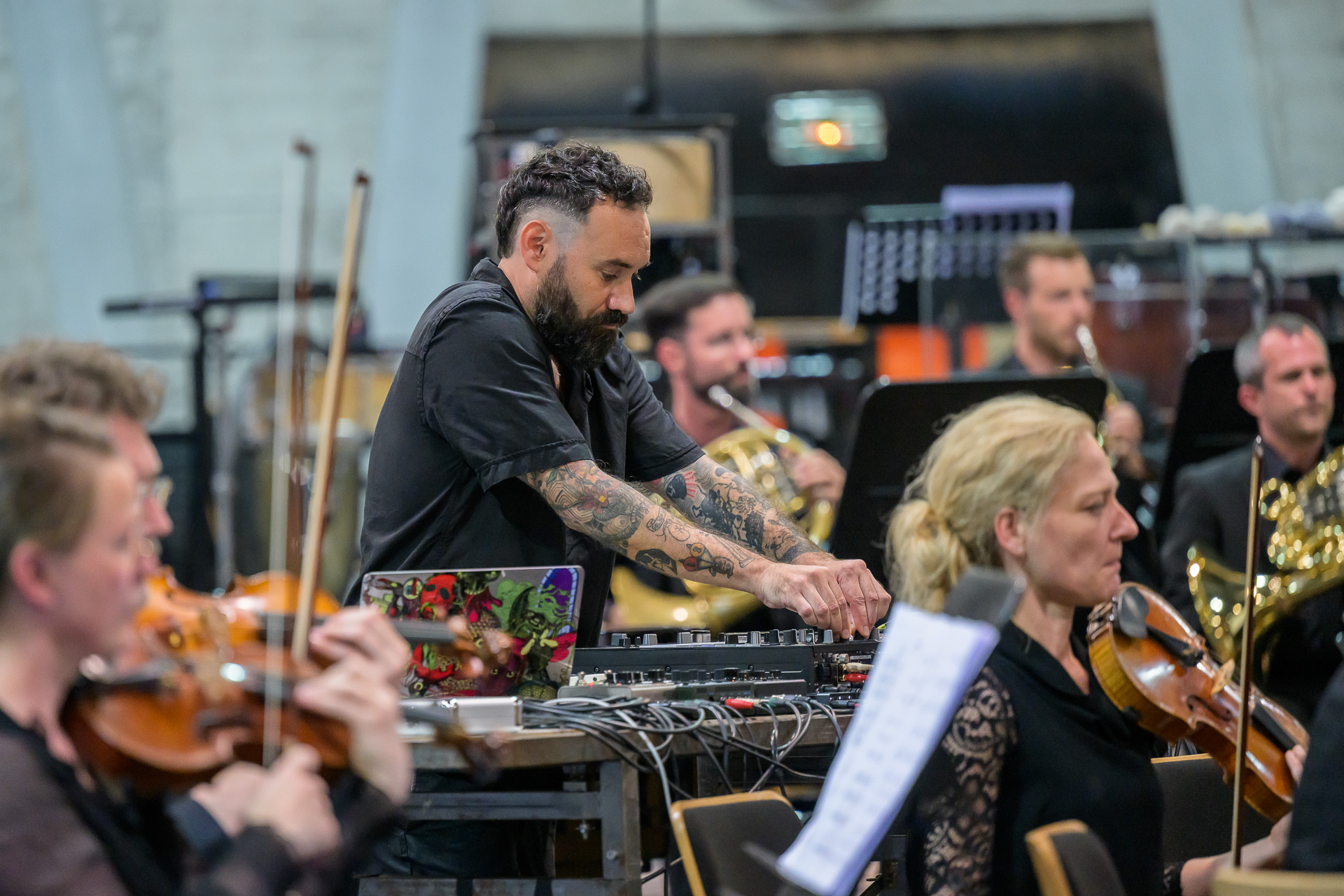Elektronische Komposition, Performance, Klangkunst: die Zürcher Komponistin, Performerin, Medienkünstlerin und Flötistin Lara Stanic ist schwer zu labeln. In ihren Konzertperformances verbindet sie Medien, Instrumente, Objekte und Musikerkörper und bezieht sich dabei auf die jeweils konkreten Orte und Kontexte. Im Gespräch gibt sie Einblick in die Entstehung ihrer neusten Werke für das Zürcher Barockorchester.
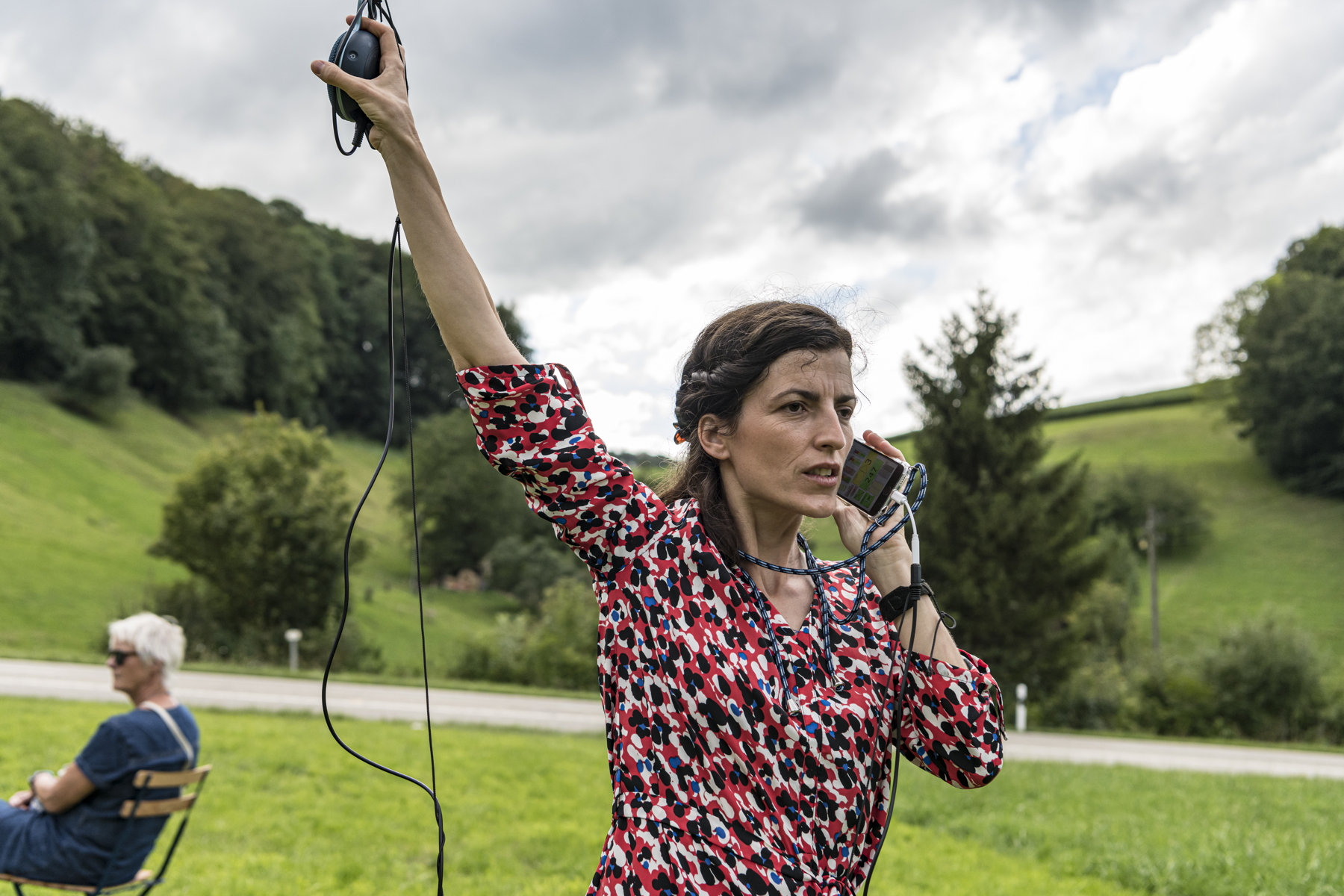
Gabrielle Weber
Lara Stanic treffe ich an einem verschneiten Samstag anfangs Januar zum morgendlichen Kaffee an ihrem Küchentisch. Wir sprechen über ihre jüngste Komposition Du matin au soir: Sie entstand im Sommer 2023 für das Zürcher Barockorchester und besteht aus acht Sound-Interventionen, die zwischen einzelnen Symphoniesätzen von Haydn aufgeführt wurden. Die Konzerte fanden zu verschiedenen Tageszeiten an verschiedenen Orten in Zürich statt: im botanischen Garten, in einem Freibad und in der Kirche St. Peter.
Lara Stanic verwendet für ihre Stücke in der Regel elektronische Medien und integriert oft auch kontextbezogene Objekte. Die Auswahl der konkreten Medien sei ein Prozess, meint Stanic. «Ich lasse mich inspirieren vom Kontext, den Interpreten, den Instrumenten und deren möglicher Spielweisen. Dann höre ich Klänge in meinem Kopf und sehe Spielweisen.»
In Sonnenstand, der Sound-Intervention zur Haydn-Sinfonie Der Mittag, ‘spielen’ die Musikerinnen und Musiker mit runden Handspiegeln, die mittels Smartphones Klang erzeugen. Die Idee stammt aus einer Kindheitserinnerung. «Als Kind fing ich mit Handspiegeln das Sonnenlicht der Mittagssonne ein und erzeugte damit an einer nahen Wand Schatten und Lichtspiegelungen», sagt Stanic.
Sonnenstand von Lara Stanic aus Du matin au soir, komponiert für das Zürcher Barockorchester, Uraufführung Zürich 2023. Botanischer Garten und Kirche St. Peter Zürich, Videos © Andreas Pfister und Philip Bartels.
Auch in Sonnenstand fangen die Musiker:innen mit Handspiegeln Sonnenlicht ein, wobei diesmal daraus Musik entsteht. Auf der Rückseite der Spiegel sind Handys angebracht. Darin eingebaute Bewegungssensoren, Mikrofone und Lautsprecher erfassen die Bewegungen der Spiegel und setzen sie in Klänge um. So sei, erklärt Stanic, eine hybride Form aus zwei Medien, dem Handspiegel und dem Smartphone, entstanden.
Sonnenstand spiegelt damit auch ein Grundthema, das Stanics künstlerische Arbeit prägt: In der elektronischen Musik stört sie sich oft an der Schwerfälligkeit von grossen, fürs Publikum fast bedrohlichen Lautsprechern und Mischpulten. Mit dem Einsatz von mobilen Geräten sucht sie nach Leichtigkeit und Beweglichkeit. Stanic tritt auch oft als Performerin ihrer eigenen Werke auf. Was sie entwickelt, erprobt sie zunächst an sich selbst. «Ich war und bin mein bestes Versuchskaninchen», meint sie.
Stanic studierte zunächst Querflöte, dann Musik und Medienkunst in Zürich und Bern. Die Querflöte spielt und unterrichtet sie weiterhin und sieht sie als ihr musikalisches Zuhause. «Die Ausbildung zur Interpretin und Pädagogin lieferte mir einen Boden und ein Wissen über kompositorische Denkweisen. Das Kreieren von Klängen interessiert mich gleichermassen auf akustischen Instrumenten wie in der Elektronik.» Den ersten Zugang zu Musik hat sie in ihrer Kindheit im damaligen Jugoslawien über Radio und Fernsehen erfahren. Schon da sei sie fasziniert gewesen, wieviel an Emotionen Schallwellen auslösten. Die Verbindung von Musik und Elektronik sei deshalb naheliegend gewesen, ergänzt sie lachend: «Natürlich wusste ich damals nicht, dass es sich um Schallwellen handelte.»
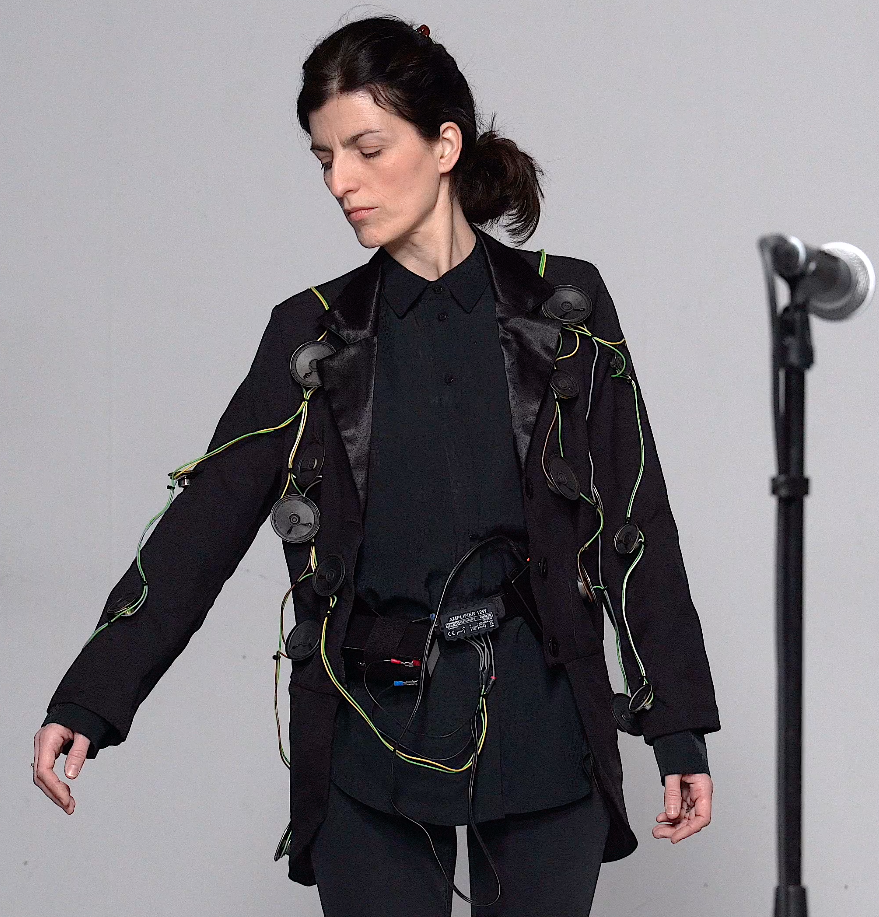
Humor und spielerische Leichtigkeit prägen auch ihre Arbeiten mit Alltagsgegenständen. In Kafi, einer weiteren Sound-Intervention, diesmal zur Haydn-Sinfonie Der Morgen, wird zum Beispiel eine überdimensionale Bialletti-Espressomaschine zum Instrument: die zwei Konzertmeisterinnen brühen auf der Bühne Kaffee und ‘spielen’ mit den Klängen des Blubberns. «Wenn ich am Morgen aufstehe, koche ich mir den Kaffee und in einer Bialetti-Maschine. Das klingt sehr schön und ich verbinde den Kaffeeduft immer mit diesem Klang. Ich erinnere mich an die Klänge und Düfte seit meiner Kindheit. Und dann muss ja auch ein Orchester in den Probenpausen immer Kaffee trinken. Das ist also ganz praktisch gedacht…»
Kafi, eine weitere Sound-Intervention von Lara Stanic aus Du matin au soir, komponiert zur Hayn-Sinfonie Der Morgen, Zürcher Barockorchester, UA Zürich 2023, Kirche St. Peter, Video © Andreas Pfister, Renate Steinmann.
In Kafi geht es um Verwandlung: Klang und Duft des Kaffes werden in Musik verwandelt. Hinzu kommt die elektronische Erweiterung der klassischen Instrumente: die Geigenbögen der Konzertmeisterinnen sind mit Bewegungssensoren versehen. Mit ihnen berühren sie die Kaffeemaschine wie mit Zauberstäben, die sie anschliessend durch die Luft schwingen. Dadurch verstärkt sich der Klang des Brodelns, verteilt sich im Raum und mischt sich mit dem Beginn der Sinfonie. «Die Geigenbögen werden zu Zauberstäben, die den Duft des Kaffees wiederum in Musik verwandeln» so Stanic.
Der Prozess dahinter sei aber ganz einfach. Zuerst gebe es die Idee, dann einen Klang, hier das Brodeln des Kaffees, und dann suche sie nach einer Lösung, wie dieser mit dem Klang der Instrumente in Verbindung gebracht werden könne. Die performativen Aktionen der Konzertmeisterinnen bilden für das Publikum eine Brücke zwischen dem klingenden Alltagsgegenstand und den Instrumenten. Aus diesem einfachen Grundprinzip verzaubert Stanic Alltagsobjekte in Musik und hinterlässt auch bei mir bleibende Spuren beim morgendlichen Kaffee.
Gabrielle Weber
Lara Stanic, Du matin au soir, Videocollage der acht Sound-Interventionen für das Zürcher Barockorchester zu Haydn-Symphonien, UA Zürich 2023, Video © Andreas Pfister, Renate Steinmann, Philipp Bartels.
Lara Stanic ist Mitbegründerin und Mitglied des Trios „Funkloch“ mit Petra Ronner und Sebastian Hofmann, das jährlich sechs Komponist:innen zum experimentellen Studiokonzert mit Direktübertragung on air einlädt, oder des GingerEnsemble, einem in Bern basierten Composer-Performer-Kollektiv. Sie komponiert für Soli, Ensemble oder Orchester, sowie für eigene Performances, und ist damit regelmässig an den internationalen Festivals präsent, und sie ist seit 2011 Dozentin für Performing New Technologies an der Hochschule der Künste Bern.
FunkLoch feierte am Samstag, 20.1.24, 17h im Kunstraum Walcheturm sein sechsjähriges Jubiläum mit Stücken von Annette Schmucki, Daniel Weissberg, Svetlana Maraš, Dorothea Rust und Joke Lanz.
Sendungen SRF Kultur:
MusikMagazin, 10.2.2024: Cafégespräch mit Lara Stanic von Gabrielle Weber, Redaktion Benjamin Herzog.
Zämestah, 21.12.2020: TV-Portrait Lara Stanic
Musik unserer Zeit, 21.09.2013: Spiel mit urzeitlicher Elektronik: Das Ginger Ensemble, Redaktion Lislot Frey
neo-profiles:
Lara Stanic, Funkloch OnAir, Kunstraum Walcheturm, Sebastian Hofmann, petra ronner, Annette Schmucki, Daniel Weissberg, Svetlana Maraš, Joke Lanz, Neue Musik Rümlingen.



